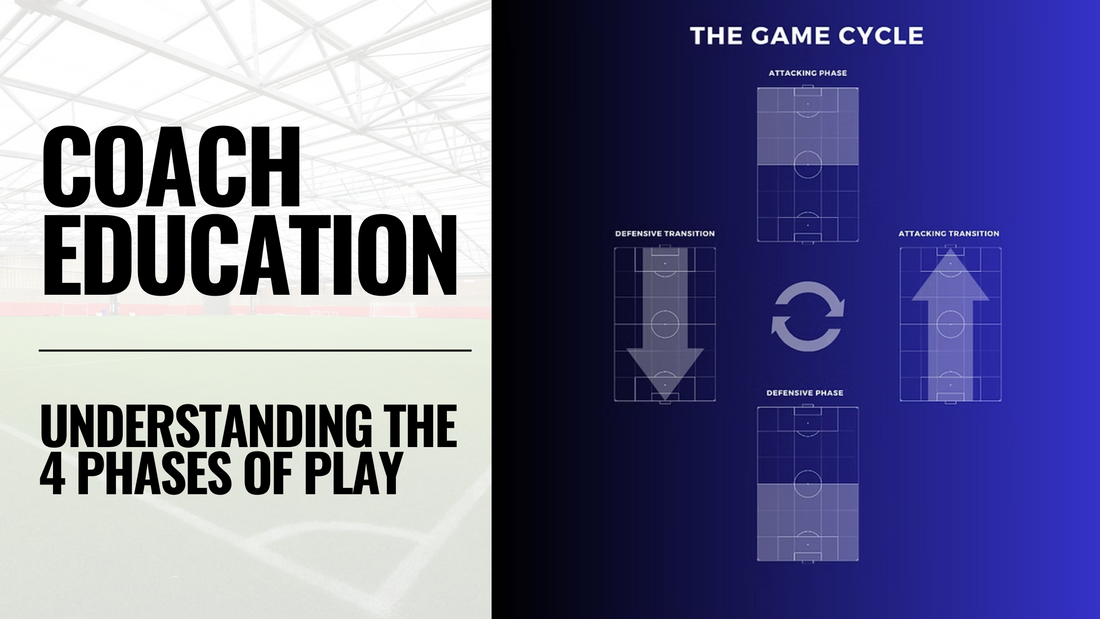
Understanding the 4 Phases of Play
Share
Modern football is structured around four key phases of play. These phases provide a framework for understanding how the game flows and how teams should operate within each moment. As a coach, developing clarity around these phases and helping players become more effective in each is vital to building a coherent tactical identity.
This article explores the four phases of play:
- In Possession
- Out of Possession
- Defensive Transition
- Attacking Transition
We’ll explain what each phase involves, why it matters, and how you can coach your players to perform with greater intelligence and consistency across all moments of the game.
🪄 In Possession: Controlling and Creating
What is it?
This is the phase when your team has the ball. The focus is on building attacks, progressing play, and creating goal-scoring opportunities.
Key Objectives:
- Retain and circulate possession
- Break lines through dribbling, passing, or movement
- Create overloads or isolate opponents in favourable areas
- Penetrate into the final third and finish
Coaching Focus:
- Tactical Identity Matters: Are you a possession-based side looking to build patiently, or a more direct team seeking to break quickly? Your approach will shape how your players make decisions.
- Positioning and Spacing: Encourage players to maintain good distances and angles to offer passing options and stretch the opposition.
- Decision Making: Coach players to assess when to speed up play, switch play, or wait for the right moment to break.
- Support Play: Off-the-ball movement is key, encourage third-man runs, rotations, and offering behind or between lines.
🛡️ Out of Possession: Structure and Disruption
What is it?
This is the phase when the opposition has the ball. Your team’s role is to limit their options, regain possession, and prevent progression or goal threats.
Key Objectives:
- Delay and disrupt the opposition
- Deny central penetration or overloads
- Protect key spaces (e.g., between the lines or half-spaces)
- Regain the ball through pressing or intercepting
Coaching Focus:
- Defensive Shape: Whether using a high press, mid-block or low block, the team must maintain compactness and balance.
- Pressing Triggers: Help players recognise cues to press poor touches, back passes, or isolated players.
- Unit Coordination: Work on how the back line, midfield, and forwards move in unison.
- Recovery Runs and Compactness: Teach players to recover intelligently, cut off passing lanes, and be aware of spacing between lines.
🔄 Defensive Transition: Reacting After Losing the Ball
What is it?
This is the critical phase immediately after your team loses possession. What happens in the first 5–10 seconds can determine whether your team regains control or faces a counter-attack.
Key Objectives:
- Apply immediate pressure (counter-press)
- Delay the opposition’s counter
- Recover defensive shape if pressing fails
Coaching Focus:
- Tactical Identity: Teams like Liverpool and Manchester City look to counter-press aggressively. Others may drop into shape quickly.
- Mental Preparation: Instil a mentality of immediate reaction, don’t dwell on the loss, act to win it back.
- Zonal Awareness: Train players to understand where the danger is and who must step in.
- Balance Behind the Ball: Ensure some players stay deeper to offer protection in case the press is broken.
🏃 Attacking Transition: Capitalising After Winning the Ball
What is it?
This phase begins the moment your team wins the ball. It is one of the best opportunities to catch the opposition disorganised and create high-quality chances.
Key Objectives:
- Exploit space before the opponent recovers shape
- Make forward runs quickly
- Choose the best option: drive, pass, or shoot
Coaching Focus:
- Recognising the Moment: Train players to scan and decide instantly - is the counter on, or should we retain the ball?
- Movement Ahead of the Ball: Encourage explosive runs from wide players and attacking midfielders to stretch the defence.
- Pass Selection: Focus on verticality - can we play forward early? Are there runners available?
- Player Profiles: Identify who in your team is best suited for transition play quick decision-makers, explosive dribblers, or line-breaking passers.
🔗 Linking the Phases Through Identity and Clarity
Each phase should not be treated in isolation. A team’s tactical identity must link all four phases together fluidly. For example:
- A high-pressing team needs midfielders who recover well in defensive transition and forwards who can quickly break lines in attacking transition.
- A possession-based side must have deep-lying players comfortable in tight areas and full-backs who recover quickly after giving the ball away.
- A counter-attacking team must have wide players who can sprint into space and central players with vision and range of passing.
Train your players to recognise the moment they’re in, and coach patterns and behaviours that suit your model of play.
⚽️ Practical Application in Coaching
Use phase-specific drills to reinforce ideas:
➤ Small-sided games for pressing and counter-pressing
➤ Rondo-based transitions
➤ Shadow play for in-possession shape and movement
➤ Functional units (e.g., midfield triangle or back four) to refine phase roles
Always ask:
- What is our goal in this moment?
- Who leads the action in this phase?
- What should players look for to switch phases effectively?
💭 Conclusion: Coaching the Whole Game
Mastering the four phases of play helps teams perform with consistency, structure, and intent. As a coach, your job is to build recognition, repetition, and reaction so that players instinctively understand what is expected of them at any given moment in the game.
By developing team-wide awareness of these phases and training players accordingly, you can elevate both individual and collective performance, ensuring your team plays with greater confidence and clarity, no matter what phase they find themselves in.

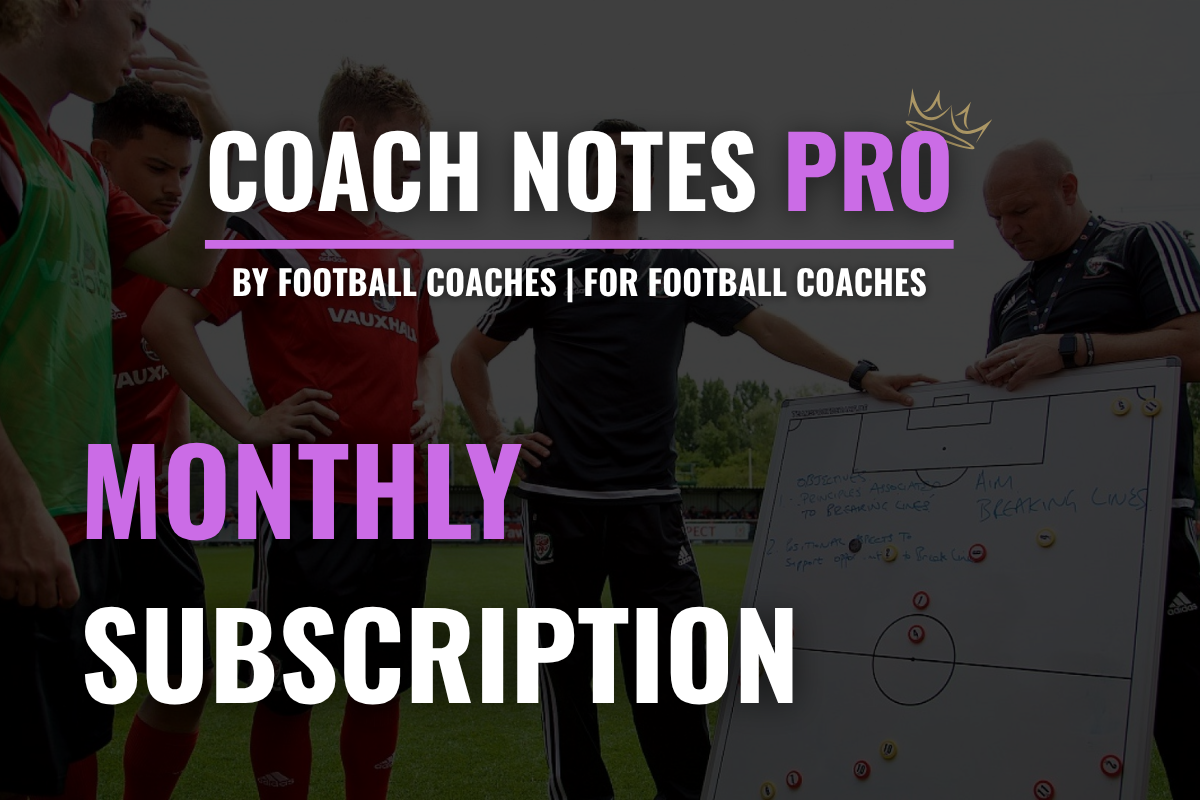
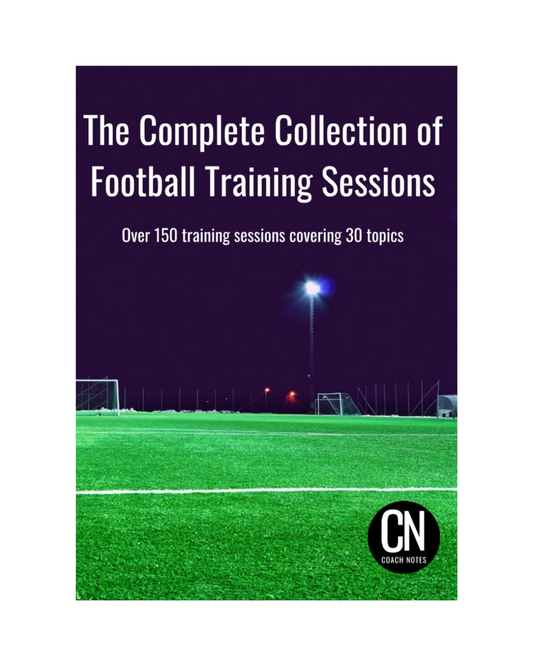
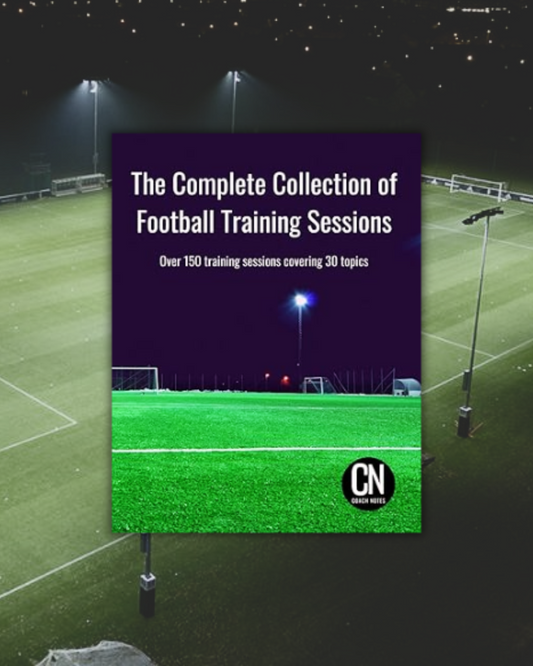
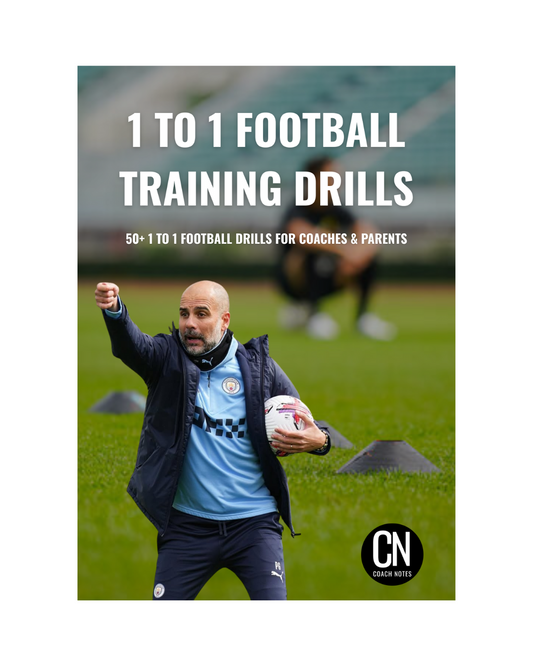
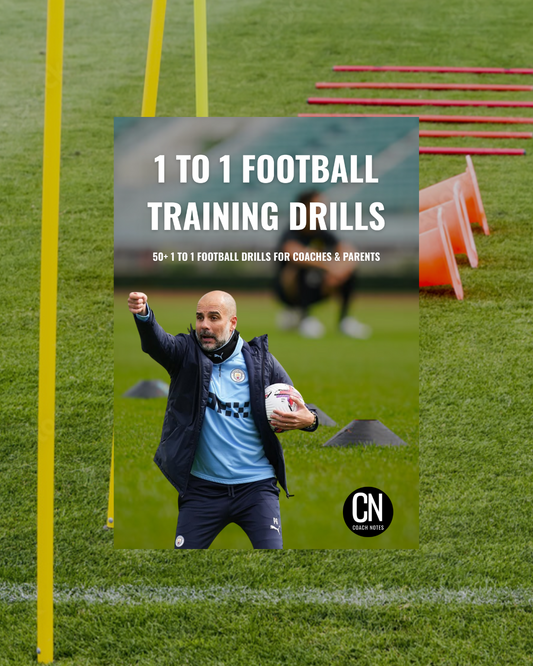

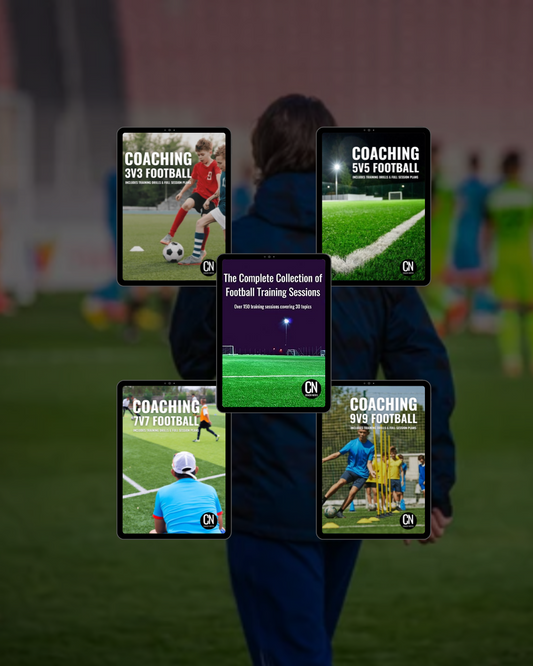
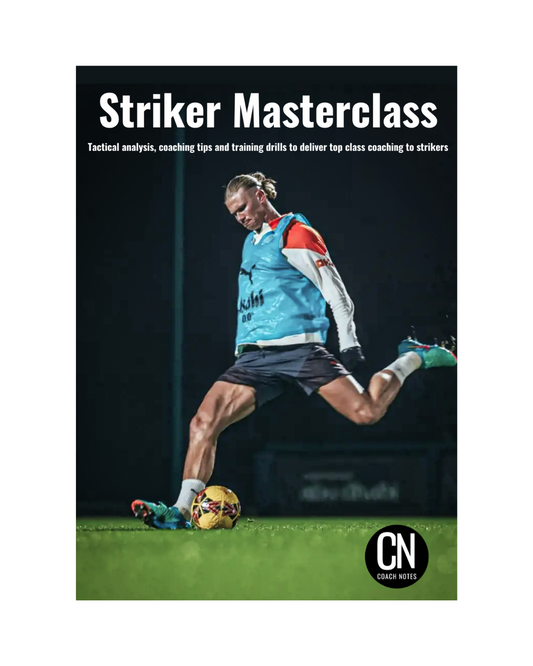

6 comments
It’s really good if only my players could master it. Thanks, looking forward for more meaningful posts.
Regards,
Tom Odek